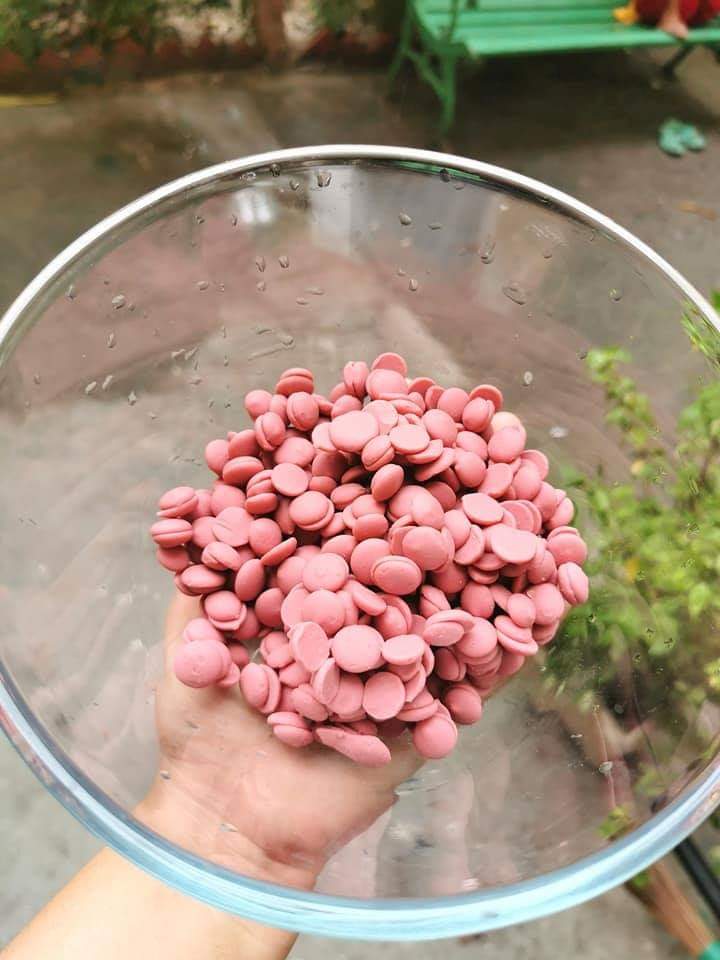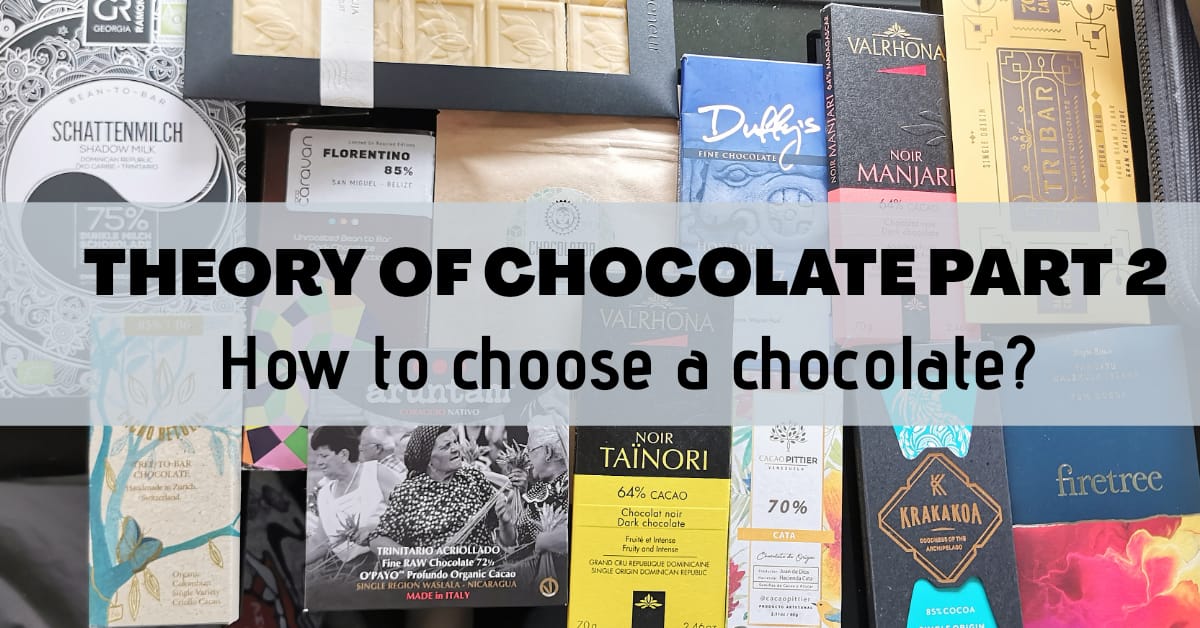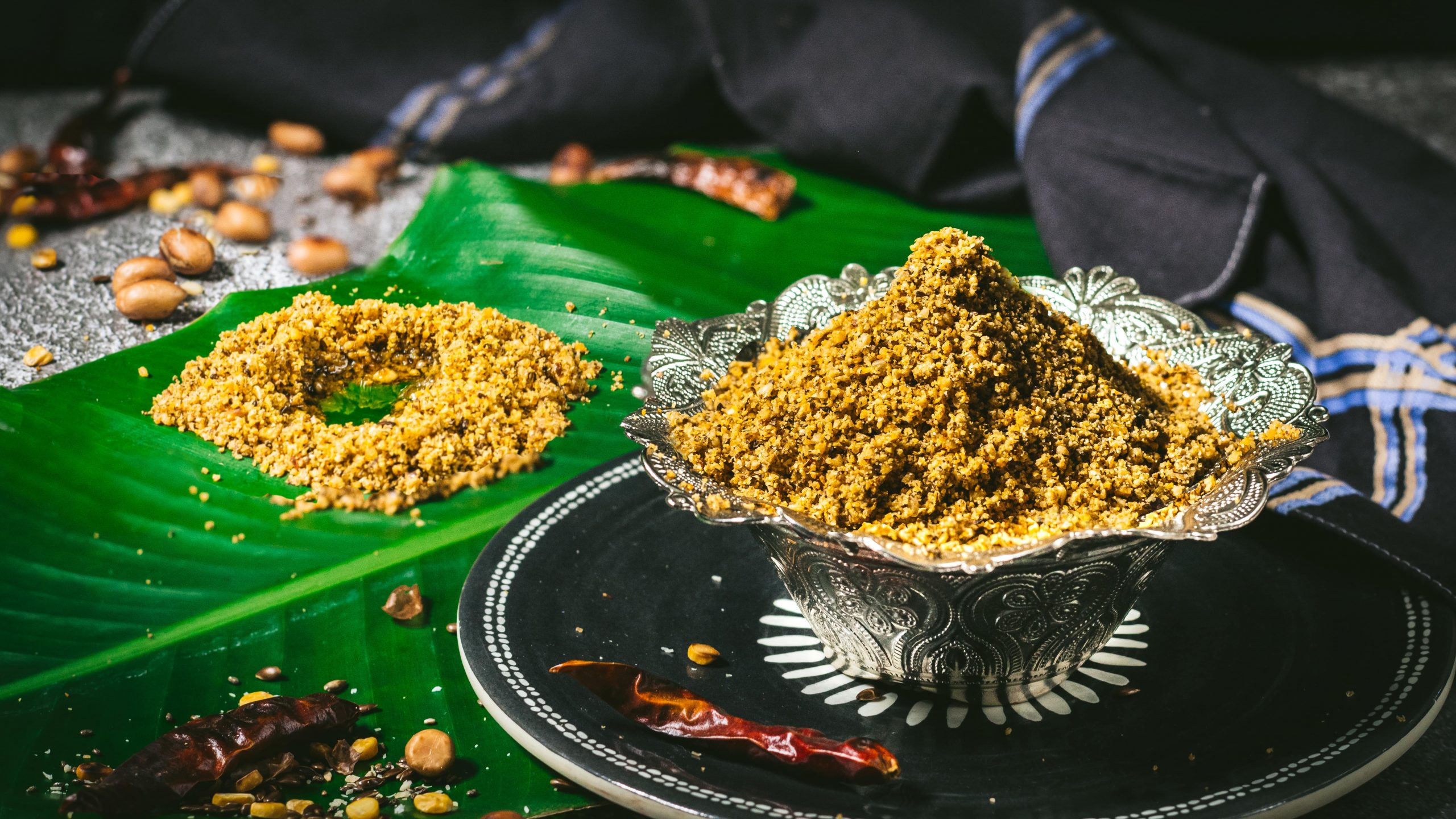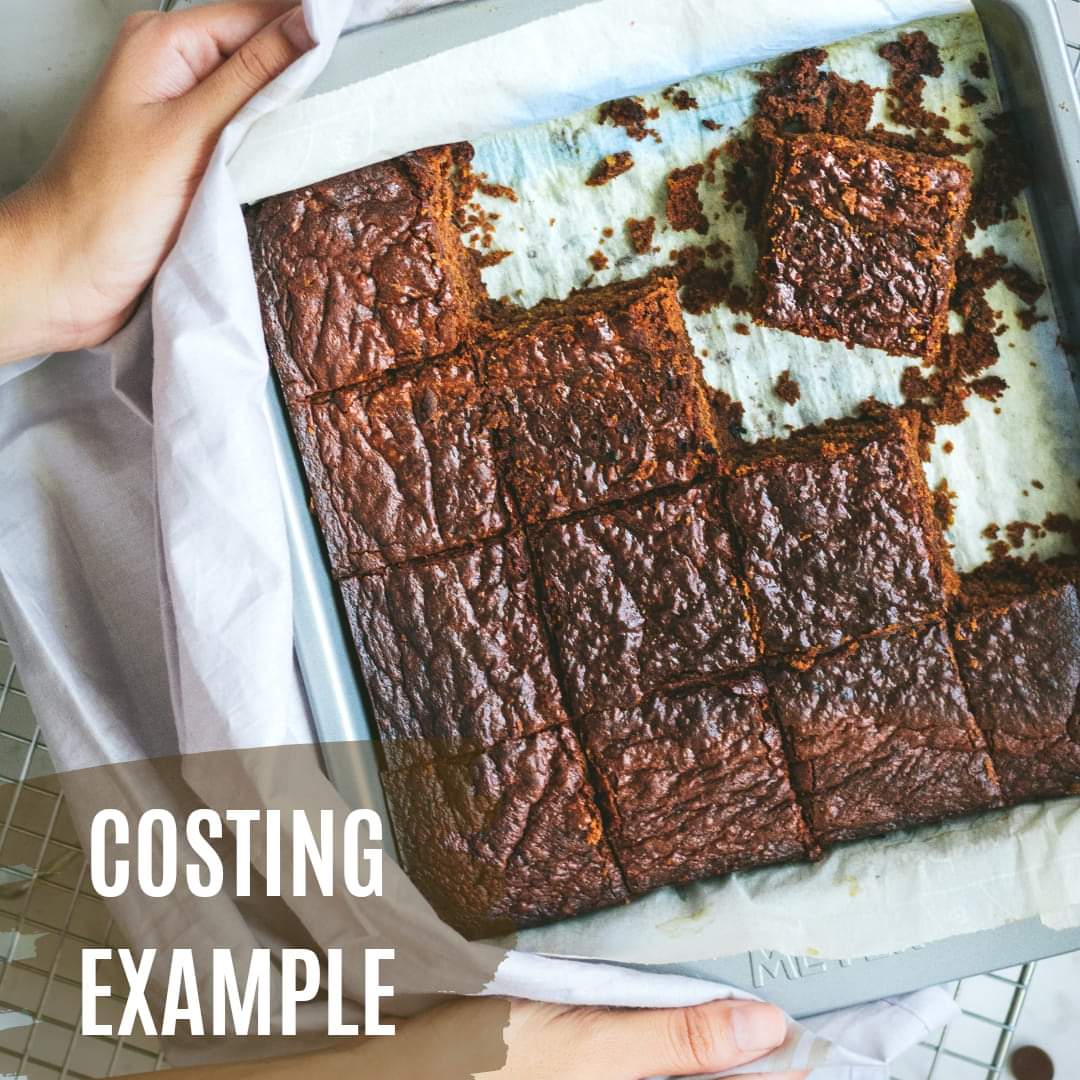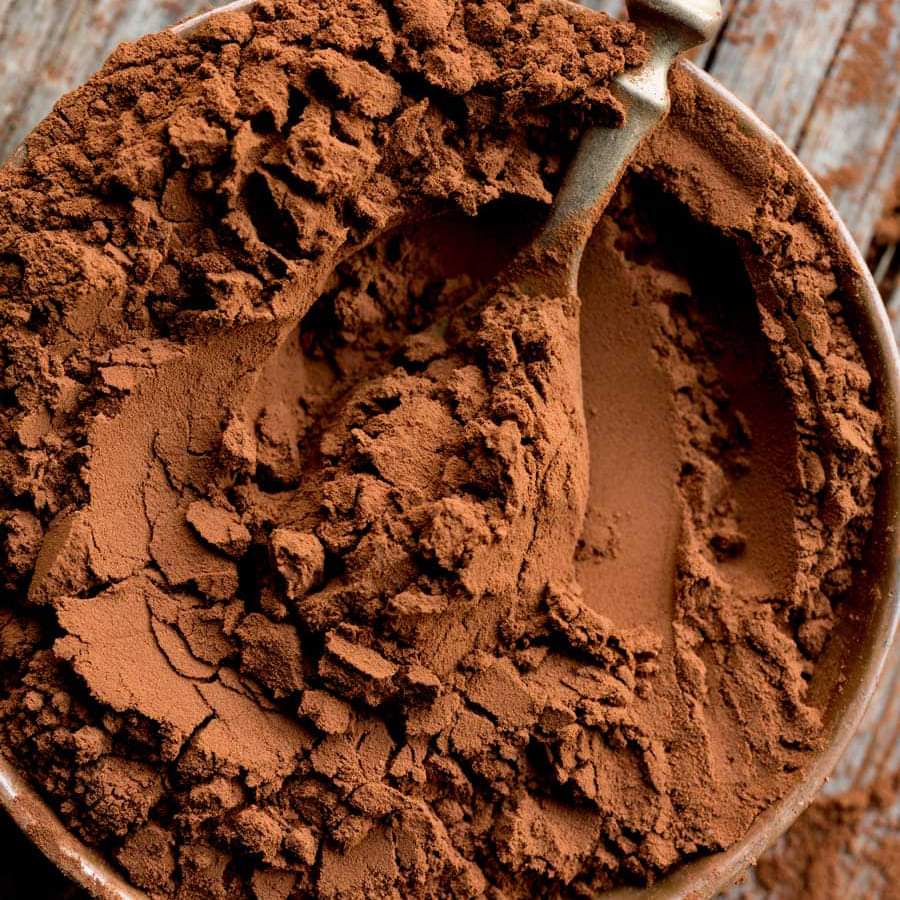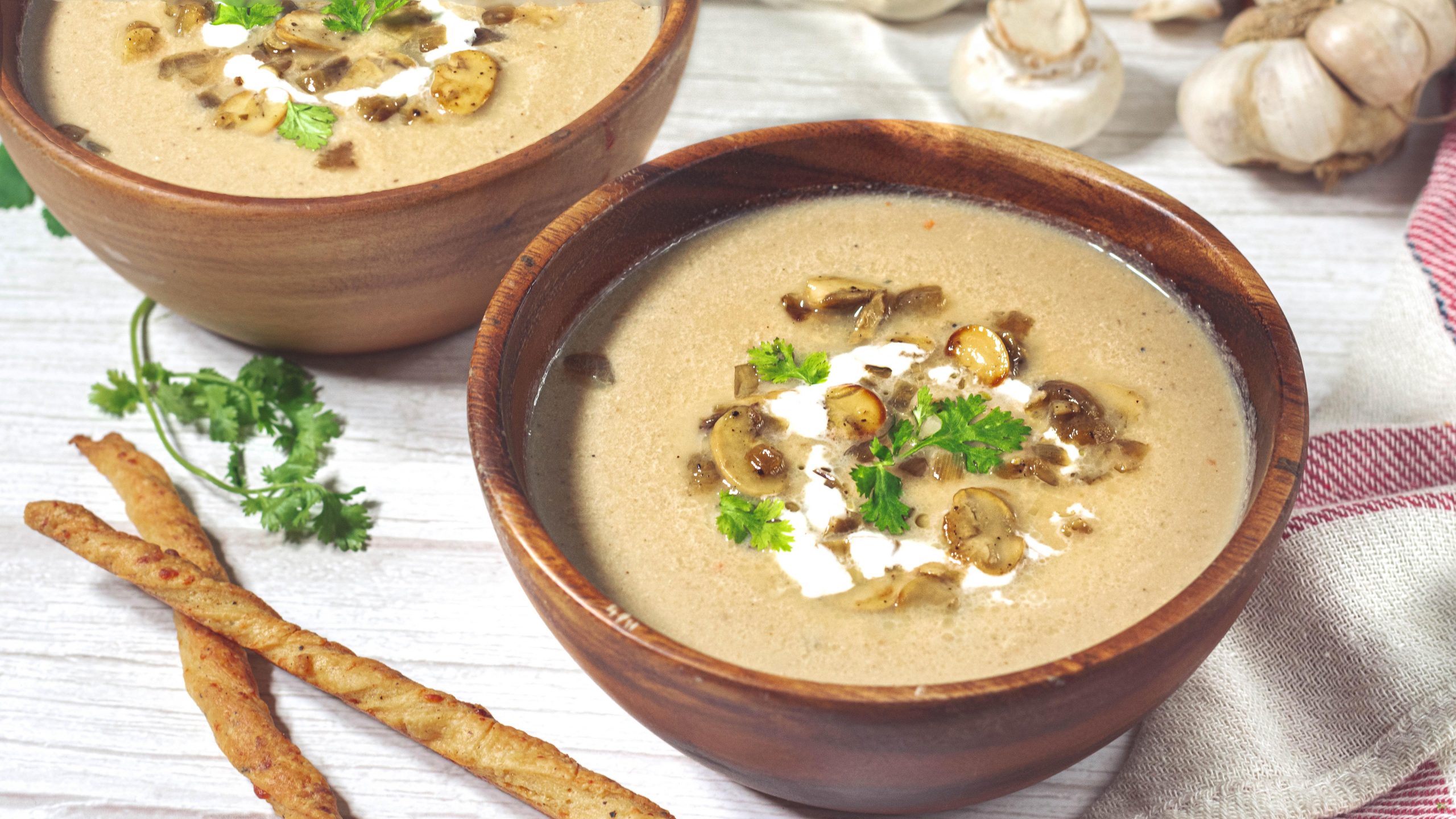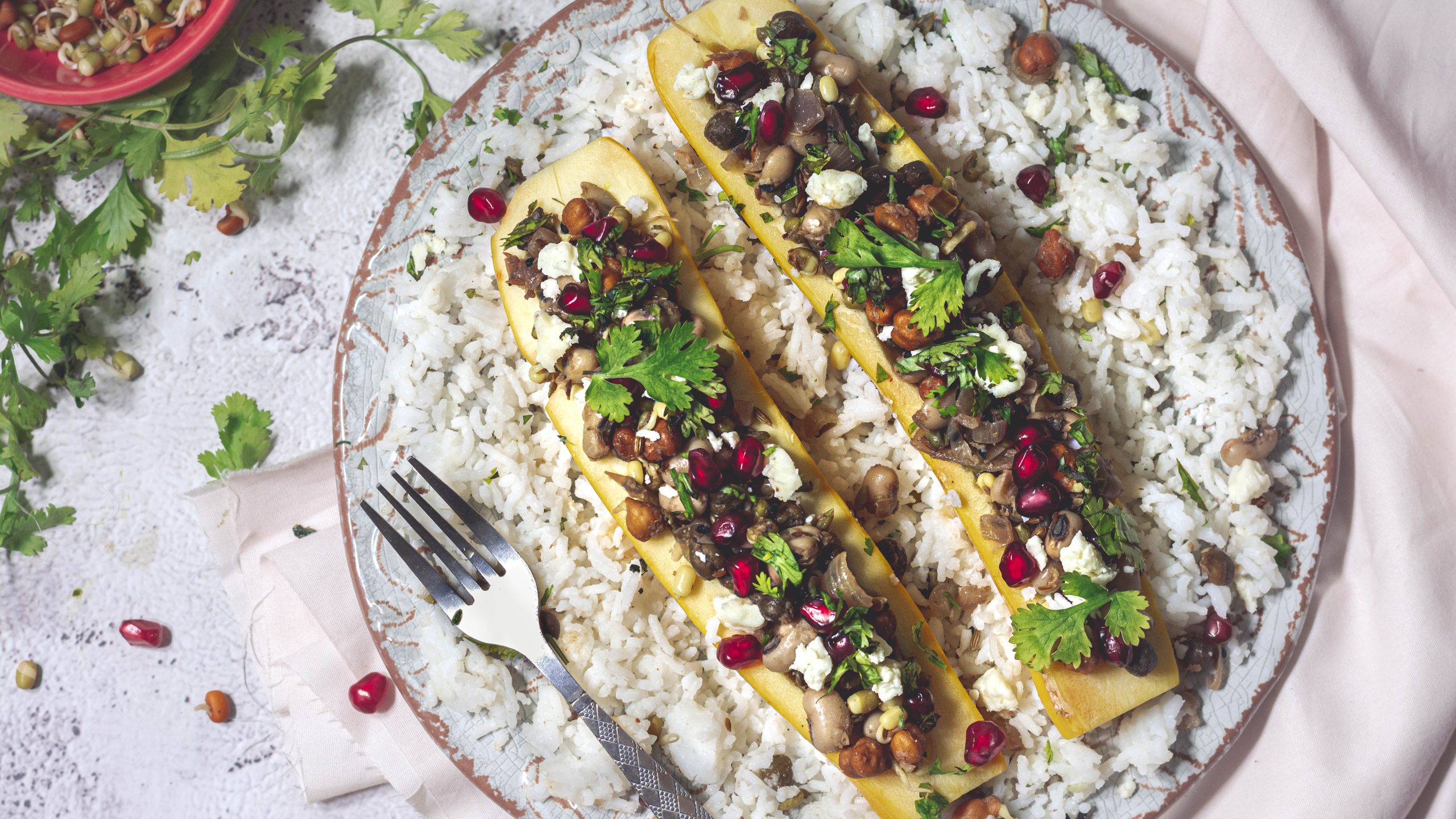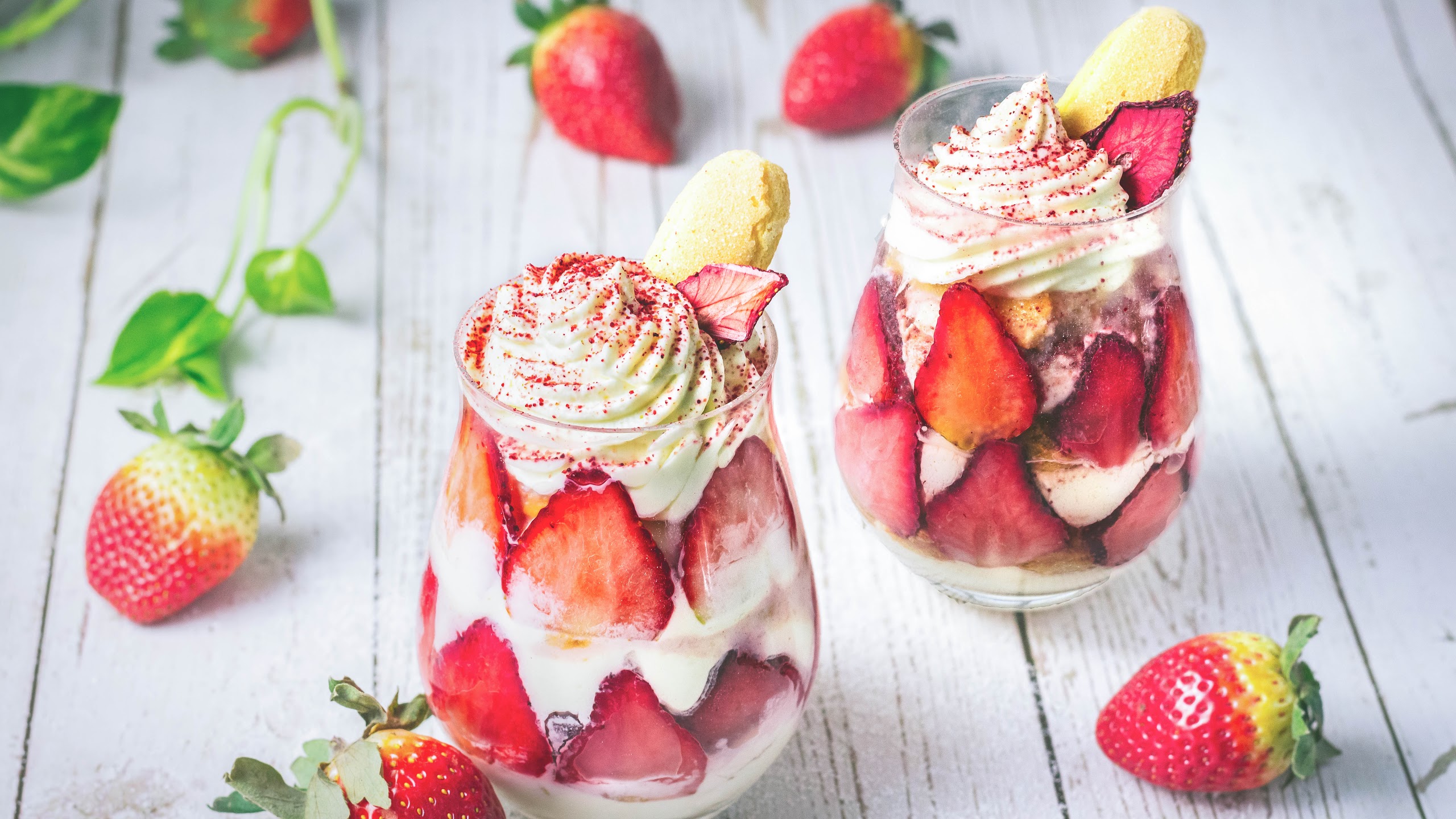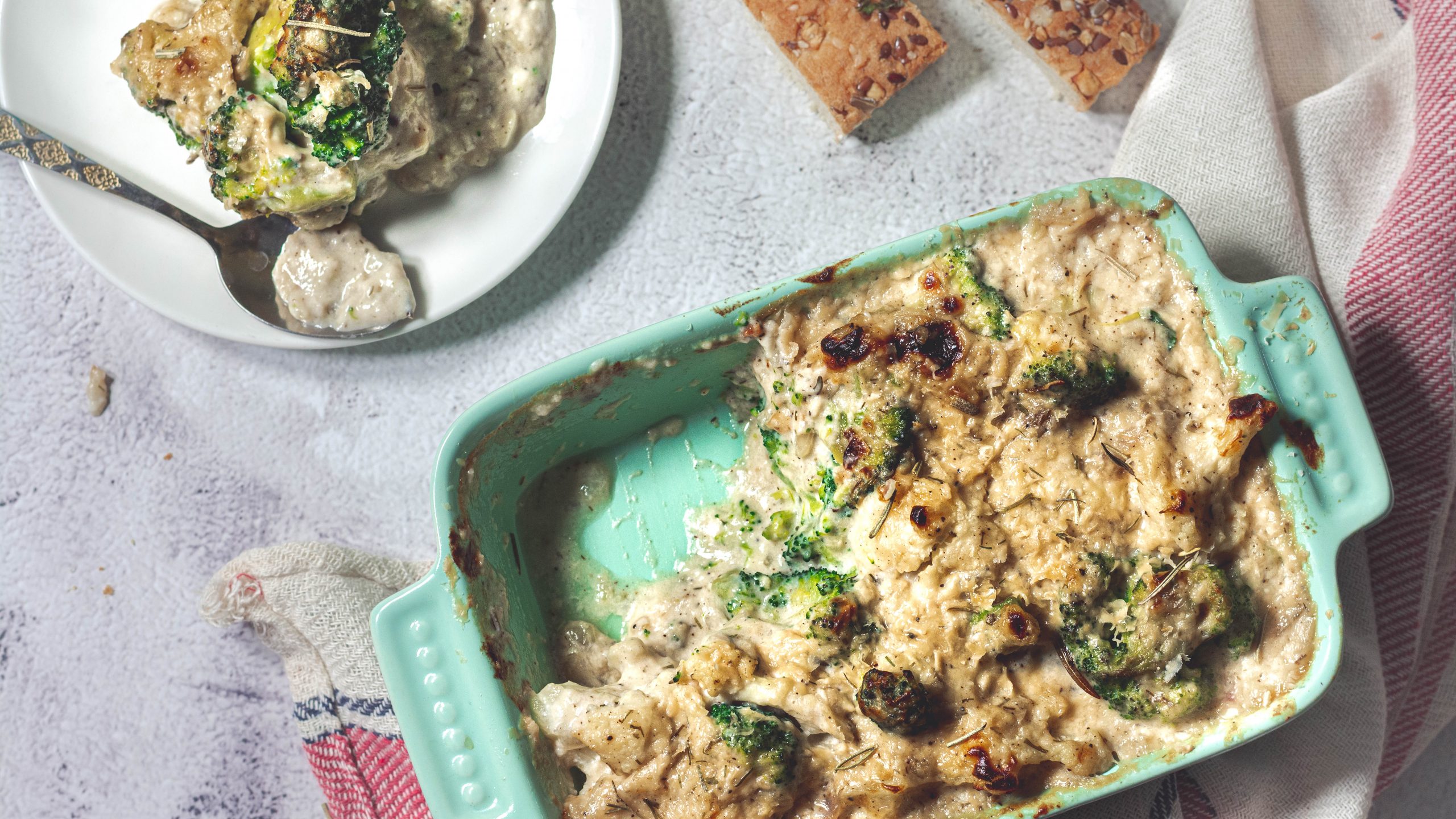Hello everyone!
CallebautRuby #RubyChocolate #TheoryPost
After a while of using Callebaut Ruby, I’m here to share with you a little of my own introspection of this so-called “4th type of chocolate”.
Firstly, to sum it up, it’s no fourth kind of chocolate or anything. It’s just a genius business and marketing idea!
When it was launched last year by Callebaut, all the chefs around the world were going insane about it. And I mean why not! When someone comes and tells you that they’ve made a couverture which is supposedly the “Fourth Kind of Chocolate” your inner chef/Baker is bound to be curious!
So what is this chocolate?
Well, Callebaut hasn’t shared what it is, but here’s what I think.
Before you could understand what I’m talking about, you need to know how chocolate is made from the theobroma cacao tree, for that, you need to read this –
https://smritisspecial.in/theory-of-chocolate/
- A lot of natural cocoa beans (including the ones grown in India) in their raw or semi Fermented stage are pink/purple in colour. As they ferment more and then dry and roast, they change colour to a burgundy/brown depending upon the way they have been dried and roasted… This gives chocolate its final brown colour.
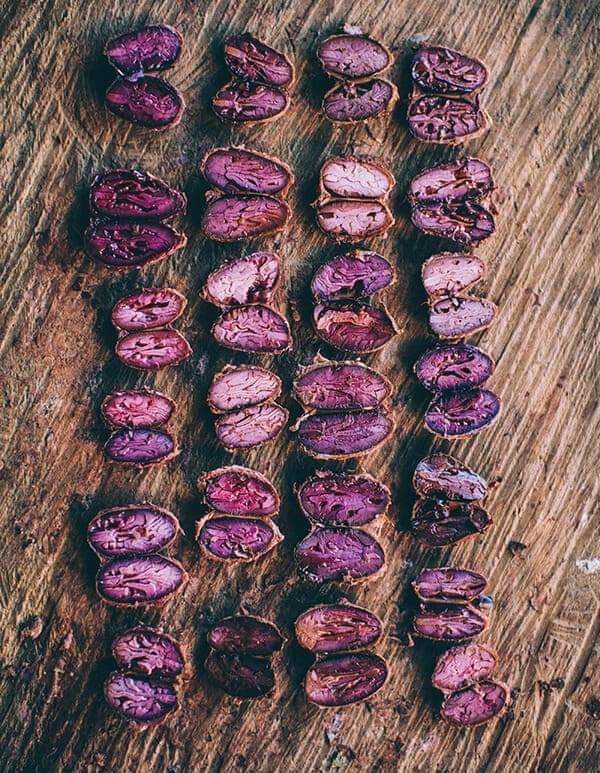
This pink chocolate might be a colour achieved from spray drying or flash drying the semi Fermented beans and subjecting it to citric acid to stop the colour from changing.
(You know how we squeeze some lemon juice on cut pieces of apple or avocado to keep it from changing colour, it’s the same principle here)
Please go to the images and read the ingredients of this chocolate. And note that citric acid is one of the ingredients.
- Fermentation of beans, drying and roasting helps develop the flavour of cocoa beans which then becomes chocolate.
These dried beans in their natural pink colour would be bitter because it not been Fermented or roasted well. So they now have to add Milk Powder, sugar and extra cocoa butter to mask the bitterness. Not just that, they add “natural vanilla flavour” (not pure vanilla extract) which is a chemical flavouring to mask the Cacao beans too.
What kind of fine chocolate would have artificial flavouring added to it? - The “fruity” flavour that this chocolate claims to have is a result of a general misunderstanding of the word “Fruity”.
There’s a difference between FRUITY and ZINGY.
Fruity is a floral, sweet and sour note. Eg. Strawberries, Cherries, Raspberries, Mango etc.
Zingy is straight-up sour. Like Lemon or Lime.
The sour note of this chocolate comes from the citric acid added to this chocolate.
Also, this chocolate changes colour if subjected to heat even at 100 degree C. So really the pink colour can remain pink if used in a cold medium.
Overall for me, it is unfermented, unroasted milk chocolate with added citric acid to it.
It’s not the fourth kind of chocolate.

